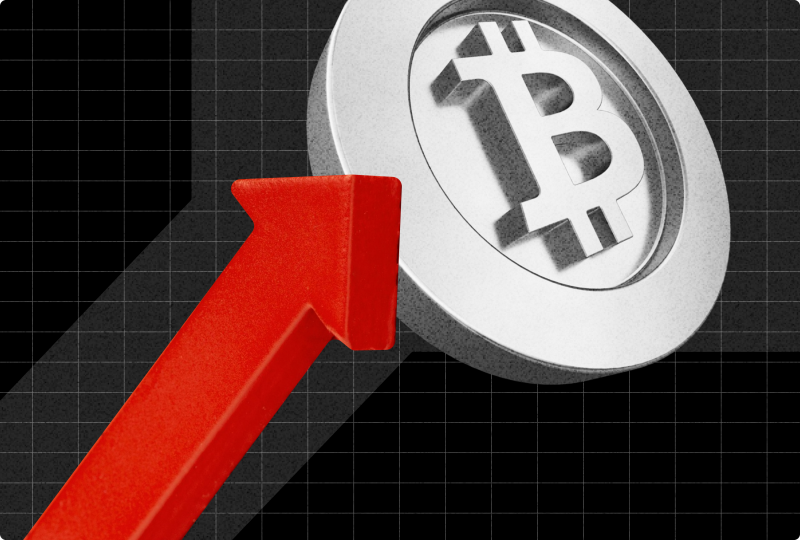Bears Rule Emerging Markets as Central Banks Battle Omicron
Nov 29, 2021

If emerging market central banks were already struggling to strengthen their currencies as the Federal Reserve reduced monetary easing, their mission is now much more difficult.
Concerns over the Covid-19 Omicron option drove risk stocks into a Friday spin, toppling the MSCI Inc Emerging Market Currencies indicator into deficit for the year and perhaps on course for its first yearly fall in the last three years.
Emerging market central banks were weakened by the resurgent dollar even before the omicron was determined. Tightening policies in South Korea, Russia and Brazil has not helped stop the currency falls that are driving inflation. The Mexican peso, South African rand, and Hungarian forint, all currencies of nations that boosted interest rates in November, lost the most this month. This has led to an increase in bearish investor sentiment.
It will be hard for central banks to operate if there are conditions that decrease visibility. However, a growing number of emerging market central banks are realizing that the question of whether inflation is transitory or not does not matter much at this point. Inflation is strong and persistent, even when triggered mostly by supply-side shocks, and it can dampen inflationary expectations and put some pressure on currencies, as Viktor Szabo from abrdn plc pointed out.
According to Olga Yangol, head of emerging-markets strategy at Credit Agricole SA in New York, the danger of a new strain might also push major developed-market regulators, like as the Federal Reserve and the European Central Bank, into a more dovish stance, which could offset the need for more stringent tightening in developing countries.
The variation may hit developing markets more than other assets, particularly high beta currencies in Latin America and South Asia, which are more reactive to risk sentiment and more vulnerable to energetics and tourist industry, sectors that would be hit hardest by a pandemic.
‘Punished by Markets’
Government interference hasn't helped much. Last week, Turkish President Recep Tayyip Erdogan's campaign to cut interest rates caused the lira to plummet. The lira continued to fall on Monday after the President stated that he would never support rate hikes. Inflation is expected to have risen beyond 20% in November, as Data Friday will likely indicate.
Last week, the Mexican peso fell sharply as a result of President Andres Manuel Lopez Obrador's appointment of an obscure finance ministry employee to head Banxico, raising fears of authorities meddling in the central bank's autonomy.
Markets will penalize any indication of state intervention in monetary policy until global monetary problems persist. While the main reason emerging market currencies are undervalued is stricter global monetary conditions, it reinforces a bearish stance on the market, according to Witold Bahrke from Nordea Investment.
The link between emerging-market currencies and short-term Treasuries is approaching its highest level since 2014, highlighting the possible consequences of increased US interest rates. As the dollar soared to its highest level since July 2020, investors are hedging against the prospect of greater price movements. Last week, JPMorgan Chase & Co.'s index of implied volatility in emerging currencies surpassed 10% for the first time since April.
Even after tightening, most emerging nations' real rates – which exclude inflation – stay below zero. This is reducing the attraction of emerging-market assets as US rates climb and concerns about the sustainability of the recovery in emerging countries grow. Investors will get more information on the state of developing economies in the following days when official purchasing managers' indices in China and gross domestic product data in Turkey, India, and Brazil are released.
Policy Dilemma
Hungary, which has lagged behind central European countries such as the Czech Republic and Poland in tightening policy, on Thursday announced its third rate hike in two weeks, but this could not prevent the forint's plunge to the lowest level. At the same time, Brazil's central bank President Roberto Campos Neto, who has led the world's most radical policy tightening session this year, warned Wednesday against boosting interest rates too quickly, despite his concerns about exceeding the inflation target.
The Brazilian real has fallen more than 7% this year. Even a 575 basis point rate hike by the central bank. However, another 150 basis point boost is in the works for next month. Traders discounted the Selic rises because of political and budgetary uncertainties.
Paul Greer from Fidelity International, investment company from Landon, whose emerging market debt fund has beaten its 94% counterparts this year, said that he expects currencies to stay under pressure through the end of the year and possibly into early 2022. At the moment, developing nations’ currencies are finding it tough to stay competitive with the US dollar.
This week's events and statistics to keep an eye on are as follows:
- China's manufacturing PMIs, which are coming Tuesday, will most likely show the economy stabilizing in November as the effects of Covid outbreaks and power outages fade. Nonetheless, the gauges will indicate lackluster growth, emphasizing the need for policymakers to soften the economy's slump.
- Inflation in South Korea is predicted to fall slightly from the previous month in November.
- Turkey's third-quarter gross domestic product data, due out on Tuesday, may reveal that the economy has surpassed its pre-epidemic high.
- Kenya is anticipated to retain its benchmark interest rate at 7% on Monday, even though inflation suddenly fell in October for the first time in six months.
- Investors will be watching Wednesday's quarterly inflation report from Mexico's central bank for clues as to the course of monetary stance.
- Brazil will also present a range of economic statistics: September unemployment data is due on Tuesday, Thursday - GDP for the third quarter, and Friday - industrial production data for October.




